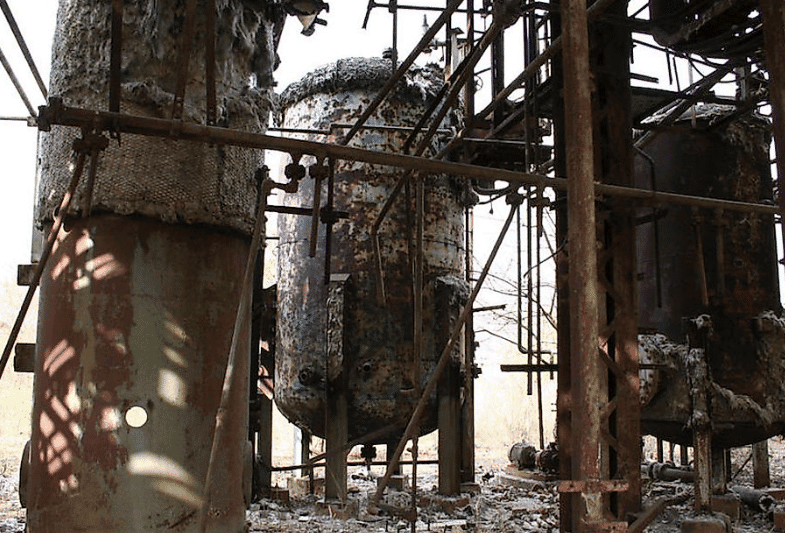Very Short & Short Answers - Law and Social Justice | NCERT Summary: UPSC PDF Download
Very Short Answer Question
Q.1. What is the Minimum Wages Act? [V. Imp.]
Ans. Minimum Wages Act specifies that wages should not be below a specified minimum limit.
Q.2. Name the three states that have published plans to rescue and rehabilitate children who are working as domestic servants.
Ans. Maharashtra, Karnataka and Tamil Nadu.
Q.3. What do old ships no longer in use contain?
Ans. These ships contain potentially dangerous and harmful substances.
Q.4. Which disaster brought the issue of the environment to the forefront?
Ans. The Bhopal gas tragedy brought the issue of the environment to the forefront.
Q.5. Write the full form of CNG.
Ans. CNG stands for Compressed Natural Gas.
Short Answer Question
Q.1. What is the worth of an Indian worker? [V. Imp.]
Ans. : The worth of an Indian worker is often viewed as low due to high unemployment. One worker can easily replace another. Since there is so much unemployment, there are many workers who are willing to work in unsafe conditions in return for a wage. Making use of the worker’s vulnerability, employers ignore safety in workplaces. Thus, even so many years after the Bhopal gas tragedy, there are regular reports of accidents in construction sites, mines or factories due to the ruthless attitude of the employers.
Q.2. How was the environment viewed before the Bhopal gas tragedy?
Ans. The environment was treated as a free entity and any industry could pollute the air and water without any restrictions. Whether it was our rivers, air, groundwater the environment was being polluted and the health of people was disregarded. In 1984, there were very few laws protecting the environment in India, and there was hardly any enforcement of these laws. It was the Bhopal gas disaster that brought the issue of environment to the forefront.
Q.3. Write the adverse effects of orders on environmental issues given by courts. [V. Imp.]
Ans. We can explain it with an example. The courts directed industries in residential areas in Delhi to close down or shift out of the city. Several of these industries were polluting the neighborhood and discharge from these industries was polluting the river Yamuna, because they had been set up without following the rules.
The court’s action solved one problem no doubt but at the same time it created another problem, i.e. the problem of livelihood. Because of the closure, many workers lost their jobs. Others were forced to go to far-away places where these factories had relocated. And the same problem now began to come up in these areas—for now these places became polluted.
|
666 docs
|
FAQs on Very Short & Short Answers - Law and Social Justice - NCERT Summary: UPSC
| 1. What is the relationship between law and social justice? |  |
| 2. How can laws promote social justice? |  |
| 3. What are the challenges in achieving social justice through law? |  |
| 4. How does social justice influence legal reforms? |  |
| 5. What role do courts play in advancing social justice? |  |

















